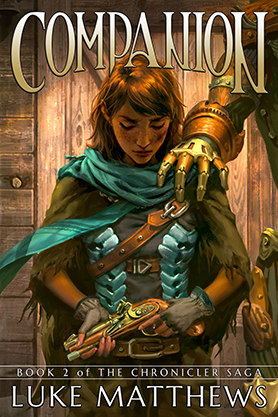Story by John Rozum
Art by Frazer Irving
When I first began reading the new run of Xombi, I was caught off guard by its witty (and genuinely funny) dialogue, its quirky characters, and its slightly… okay really goofball slant. As I continued reading, what I was not prepared for was how complete – and how completely different – the world that Rozum had built around David Kim was.
Issue #4 picks up after the defeat of Maranatha, a god of rage who had been imprisoned for 30 years in the mind of a psychopath, and tells us the story of Annie, the woman who unintentionally released him onto the world. Normally I’m not a fan of flashback issues, but Rozum’s script handles this one with so much grace that I was instantly enthralled. The tale of Annie’s world and her history is crafted with such care and originality that we feel connected to her plight, misguided at times as it may be.
While Iriving’s art looks beautiful during action sequences and weird supernatural goings-on, his real talent is in the almost overly expressive faces of his characters. This being an entirely dialogue-driven issue allowed him to run hog-wild with his players’ reactions, to both hilarious and heart-wrenching effect. I’m still not entirely taken with his coloring style, but his linework is so beautiful that I can forgive him that one trespass.
Xombi has cemented itself as one of my favorite new titles. Unfortunately, all signs point to Xombi ending with issue #6, in light of the DCU reboot. It’s odd to me that this book was ever part of the core DCU upon its re-launch – especially since the original run was part of the Milestone imprint – and my hope is that it will see new life someday, perhaps as a Vertigo book.



